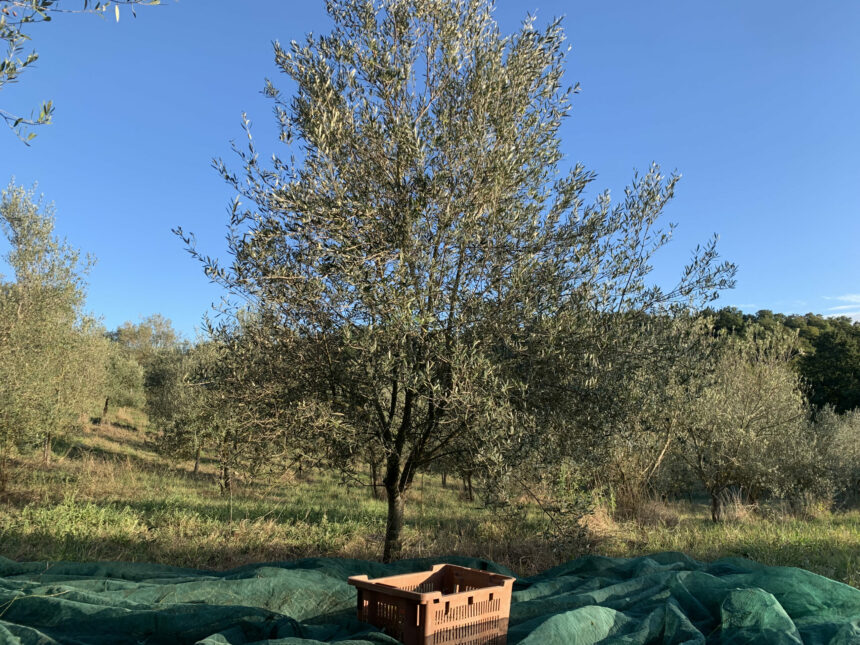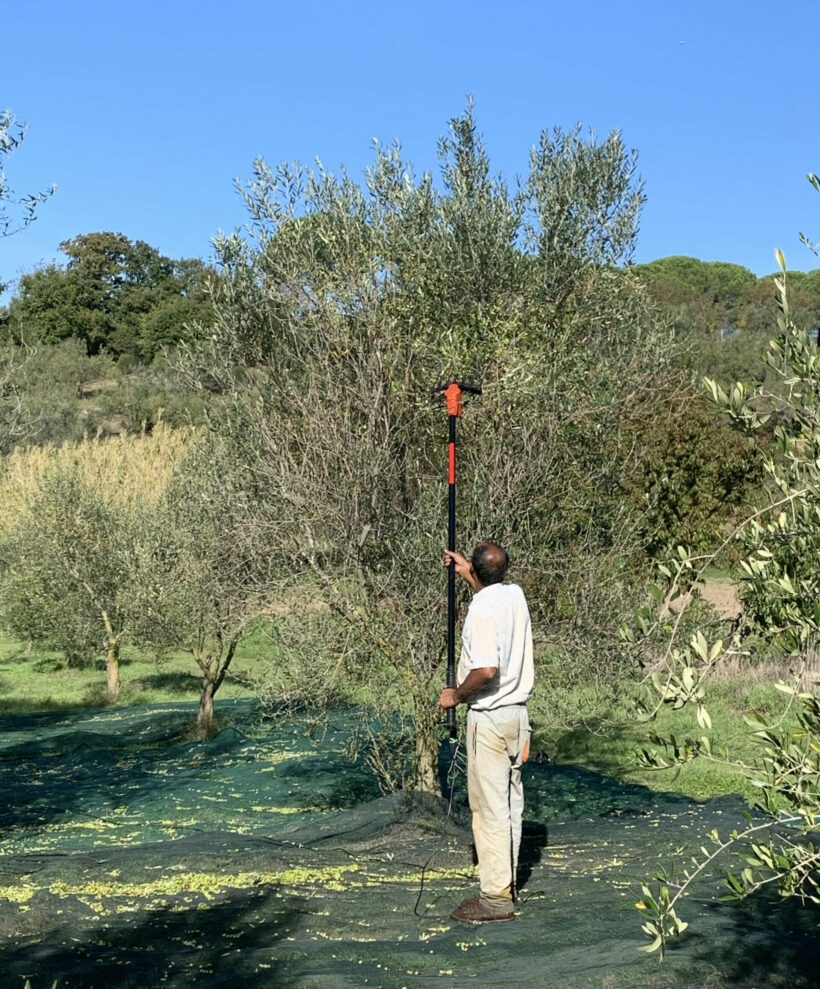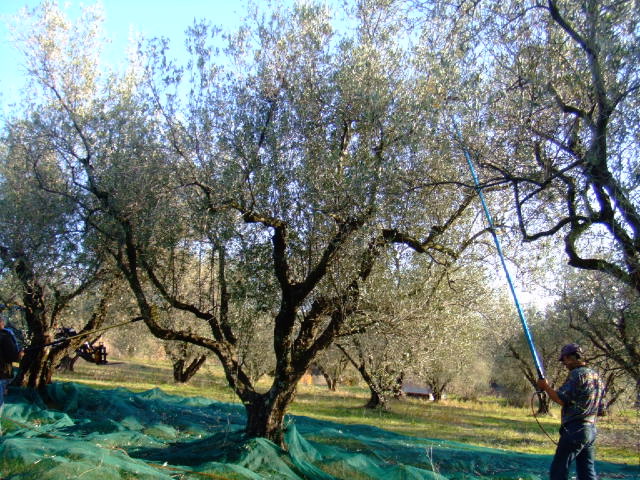
What time of year are olives harvested? Everything you need to know
Olives are the beating heart of the Mediterranean diet, and the olive oil derived from them is prized worldwide for its flavor and health benefits. But when is the right time to harvest these precious drupes? Olive harvesting is an ancient art, and the time you decide to harvest can directly affect the quality of theoil produced. In this article, we will explore the ideal time to harvest olives and the factors that influence this choice.
1. The traditional harvesting period
The olive harvesting period varies depending on the region, the variety of olive and the weather conditions of the year. However, traditionally, the olive harvest takes place:
- Autumn: Most olive varieties ripen between October and November. This is the time when olives begin to change color, turning from green to purple or black, depending on the variety.
- Early Winter: In some regions and for some varieties, harvesting may extend into December or even January.
2. Factors influencing the time of harvest
- Olive ripeness: The exact time of harvest depends on the degree of ripeness of the olives. Some producers prefer to harvest when the olives are still green, producing a more spicy and bitter oil. Others wait until the olives are fully ripe, resulting in a sweeter, fruitier oil.
- Weather conditions: Climatic events such as frost, heavy rain or heat waves can influence the decision on when to harvest. It is essential to harvest olives before winter frosts and, if possible, avoid periods of rain that can make harvesting more difficult and affect olive quality.
- Oil Purposes: Oil made from olives harvested at different stages of maturity has different flavor profiles. For example, a table oil may require more mature olives than an oil intended for storage.

3. Harvesting methods
Olive harvesting is a crucial step in olive oil production. The method chosen can affect not only the quantity of olives harvested, but also the quality of the resulting oil. Here is a more detailed overview of the main harvesting methods used today.
Hand harvesting:
- Description: This traditional method involves harvesting olives directly from the trees using the hands. It is a labor-intensive process.
- Advantages: Hand picking is the least invasive method and ensures that only olives in perfect condition are harvested. It also minimizes damage to the olives, ensuring a higher quality oil.
- Disadvantages: It is the slowest method and can be expensive due to the large amount of labor required.
Mechanized harvesting:
- Description: Specific machines, such as shakers, are used to shake the trees, dropping the olives onto nets or conveyor belts placed on the ground.
- Advantages: This method is much faster than hand harvesting and can be more economical in the long run, especially for large olive groves.
- Disadvantages: It can cause damage to olives and trees if not done properly. Also, it may not be suitable for olive groves located on rough or sloping terrain.
Combing:
- Description: Using special combs or rake-like tools, olives are “combed” from the trees and fall onto nets below.
- Advantages: This method is less invasive than mechanized harvesting and can be more selective than using shaking machines.
- Disadvantages: Although it is faster than hand harvesting, it is still slower than mechanized harvesting. It can also be more labor-intensive than machine harvesting.
Vacuum harvesting:
- Description: These devices work by sucking olives from trees. They are often used in combination with other methods, such as combing, to harvest olives that have not fallen naturally.
- Advantages: Vacuum cleaners can speed up the harvesting process and are especially useful for picking olives from higher or hard-to-reach branches.
- Disadvantages: If not used properly, they can damage olives or trees.

Conclusion
Olive harvesting is a process that requires attention, experience, and a thorough knowledge of the olive tree and soil. The exact timing of the harvest can directly influence the flavor, aroma and quality of the olive oil produced. Whether you are a producer or a consumer, understanding the importance of harvest time will help you appreciate this precious “liquid gold” even more.

